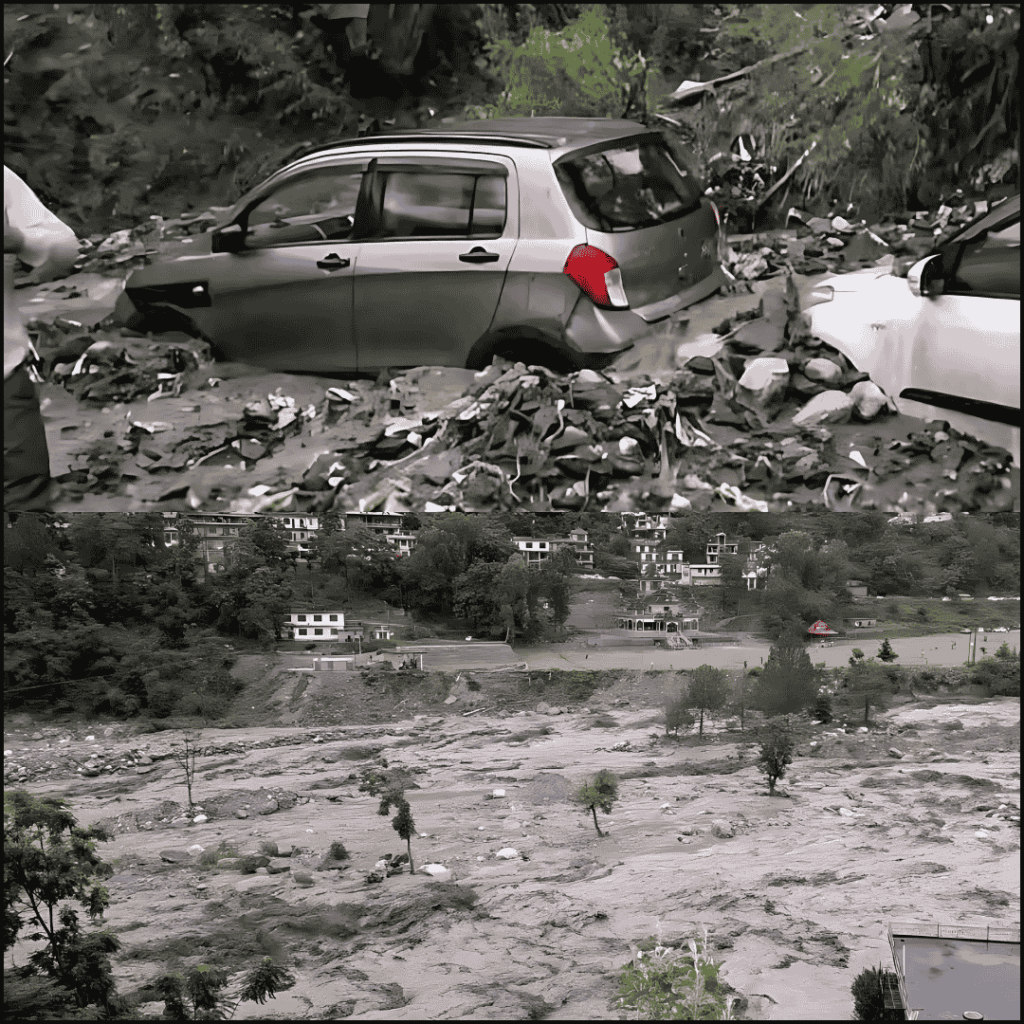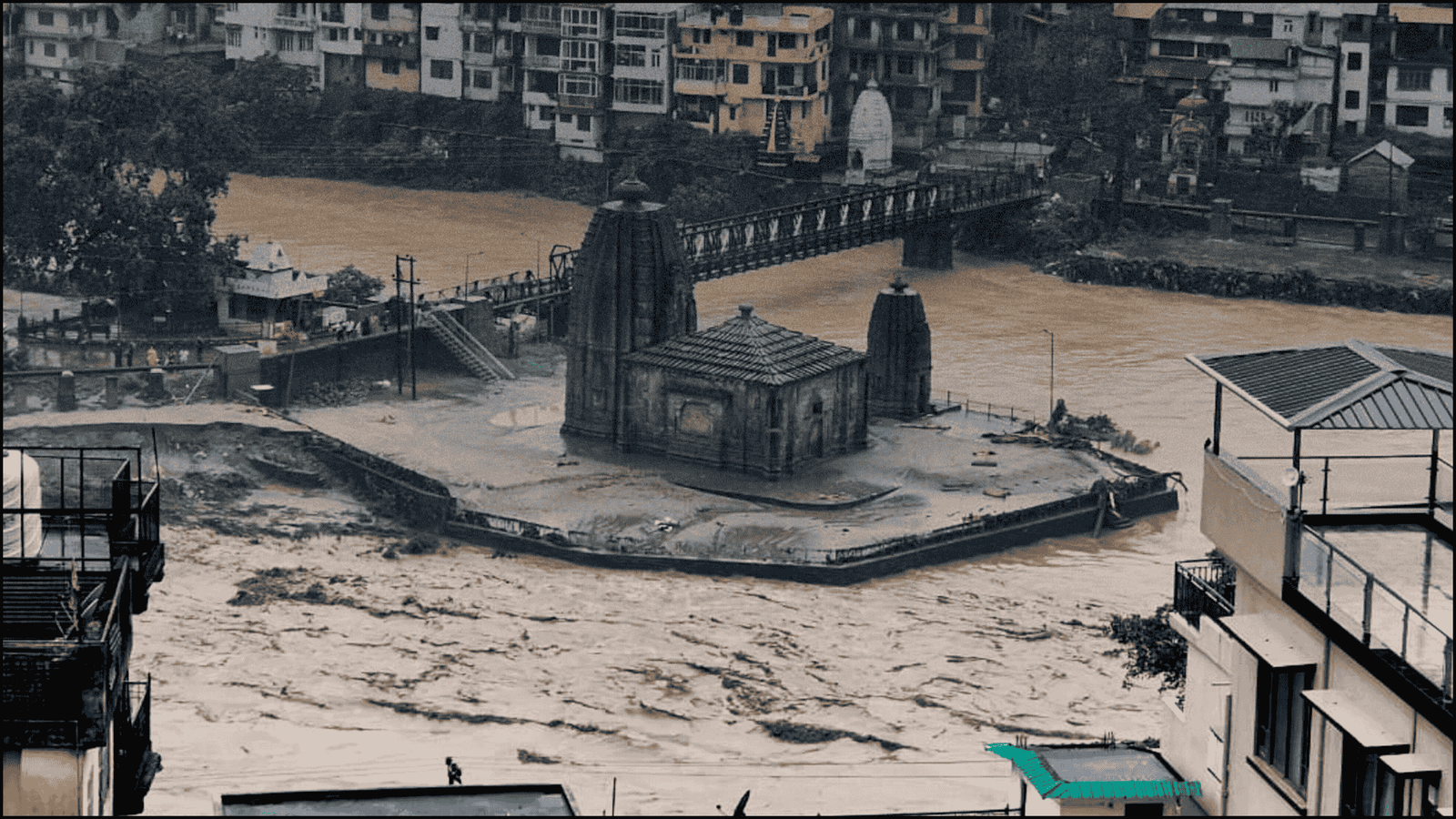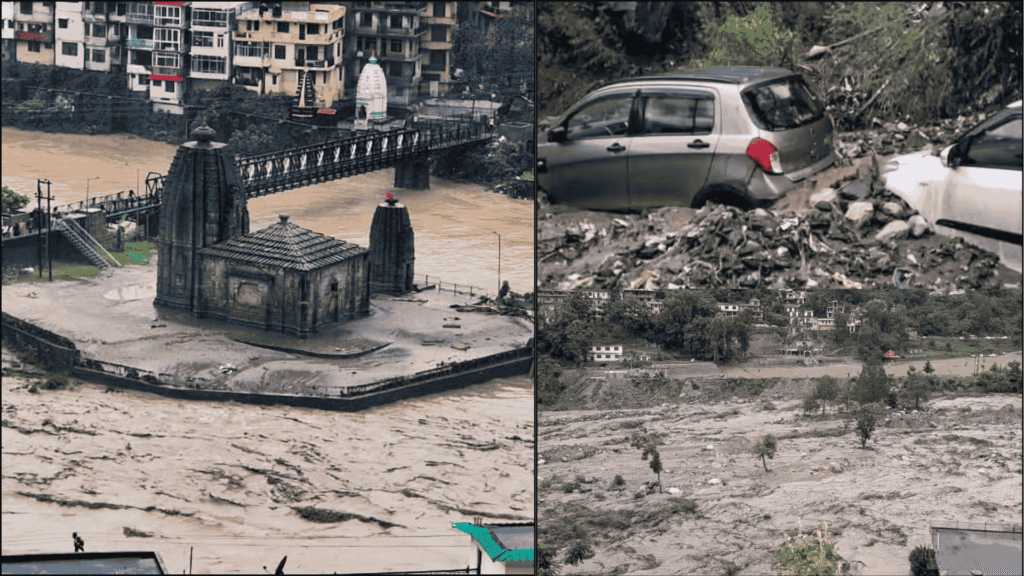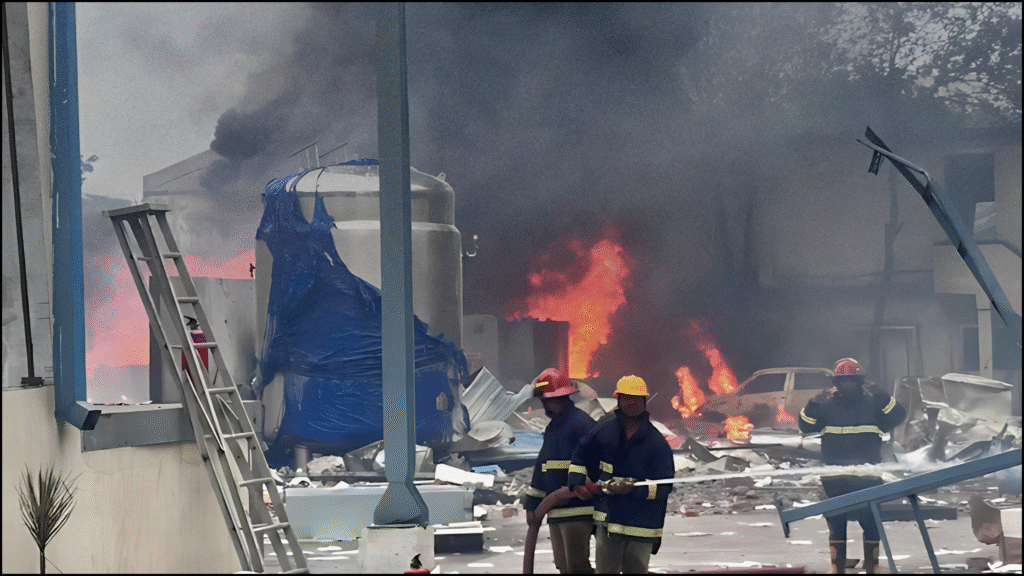
Since June 20, 2025, Himachal Pradesh has been reeling under the devastating impact of an intense monsoon season, marked by relentless cloudbursts, flash floods, and landslides. The state has reported 63 deaths and 40 missing individuals, with Mandi district bearing the brunt of the destruction. Infrastructure has taken a severe hit, with 261 roads blocked and 599 transformers disrupted, crippling daily life. As rescue operations continue amidst challenging conditions, the crisis underscores the growing threat of climate change in the fragile Himalayan region. This blog explores the scale of the disaster, ongoing relief efforts, and the broader implications for Himachal Pradesh.
The Monsoon Fury: A Trail of Destruction
The southwest monsoon, which arrived early in Himachal Pradesh on June 20, has unleashed unprecedented havoc. Mandi district, the epicenter of the crisis, has reported 17 deaths and 34 missing persons, with areas like Thunag, Karsog, and Dharampur witnessing severe flooding and landslides. Across the state, 10 cloudbursts, three flash floods, and a major landslide have caused widespread devastation, damaging over 150 houses, 104 cattle sheds, 31 vehicles, and 14 bridges. The State Emergency Operation Centre (SEOC) estimates losses at over ₹700 crore, with the actual figure likely higher as assessments continue.
The heavy rainfall, with Mandi recording 253.8 mm in a single day, has swollen rivers like the Beas and Suketi, submerging villages and washing away homes, vehicles, and infrastructure. In Shimla, a five-storey building collapsed in Bhatta Kuffar due to landsliding, highlighting the vulnerability of urban areas. Kullu, Kangra, and Sirmaur districts have also faced significant damage, with roads like the Manali-Keylong highway blocked and traffic diverted through Rohtang Pass.
Rescue and Relief Operations: A Race Against Time
Rescue efforts are in full swing, with the National Disaster Response Force (NDRF), State Disaster Response Force (SDRF), police, and home guards working tirelessly. Over 400 people have been rescued, including 382 from Mandi alone, and five relief camps have been established to house displaced residents. In Thunag, where road connectivity is severed, the Indian Air Force has air-dropped food and medical supplies. Chief Minister Sukhvinder Singh Sukhu has been actively monitoring operations, visiting affected areas like Syathi village in Mandi to assure residents of government support.
The SEOC reports that 261 roads, including 186 in Mandi, remain closed, and 599 transformers and 797 water supply schemes are disrupted, complicating relief efforts. To maintain communication, intra-circle roaming has been activated in affected areas until July 11, allowing residents to access mobile networks regardless of their service provider. The India Meteorological Department (IMD) has issued an orange alert for heavy to very heavy rainfall in districts like Shimla, Solan, and Kangra until July 9, with a low to moderate flash flood risk in six districts, adding urgency to rescue operations.

Climate Change and Increasing Cloudbursts
The frequency and intensity of cloudbursts in Himachal Pradesh have raised alarms about climate change. DC Rana, Special Secretary of the State Disaster Management Authority, attributed the crisis to global warming, noting that the state is not immune to its impacts. Experts point out that cloudbursts, caused by rapid cloud formation and exacerbated by cyclonic circulations, are difficult to predict, especially in mountainous terrain where Doppler radars are obstructed. The state has seen a worrying rise in such events over the past few years, with 18 cloudbursts reported in 2024 alone across eight districts.
Haphazard development, including hydroelectric projects and road construction, has amplified the damage. For instance, in Kullu’s Palchan village, a poorly aligned bailey bridge diverted floodwaters toward homes, worsening the impact of a July 2024 cloudburst. Environmentalists argue that unchecked infrastructure projects in flood-prone zones are aggravating the state’s vulnerability.
Community and Political Response
The crisis has galvanized community and political action. Mandi MP Kangana Ranaut described the devastation as “heartbreaking” on X, expressing her intent to visit affected areas once connectivity is restored. Former Chief Minister Jairam Thakur has also toured Mandi, urging air-dropping of rations in cut-off areas. Congress president Mallikarjun Kharge called for additional disaster management funds from the central government to support Himachal Pradesh and other affected states.
Local residents, many displaced, are struggling to rebuild. A Mandi villager shared, “Everything got washed away after a cloudburst. We are staying at our relatives’ house,” reflecting the human toll of the disaster. Schools in Mandi and Hamirpur have been closed, and tourists have been advised to avoid rivers and streams due to ongoing risks.
The Road Ahead: Mitigation and Recovery
As Himachal Pradesh grapples with the immediate crisis, long-term strategies are crucial. The state plans to train 1% of its population in civil defense to better handle disasters. Improving weather forecasting, particularly for cloudbursts, remains a challenge, with Union Minister Jitendra Singh noting the need for more automatic weather stations to enhance prediction accuracy. Authorities are also urging residents to follow safety advisories and avoid riverbanks.
Recovery will require significant investment to restore roads, power, and water supply systems. The state’s financial strain is evident, with Chief Minister Sukhu and his ministers forgoing salaries for two months to support relief efforts. Addressing the root causes, such as climate change and unsustainable development, will be critical to reducing future risks.
Conclusion
The 2025 monsoon has brought Himachal Pradesh to its knees, with 63 lives lost, 40 people missing, and infrastructure in tatters. As rescue teams work tirelessly and the government mobilizes resources, the crisis highlights the urgent need for climate-resilient policies and sustainable development in the Himalayan region. The people of Himachal Pradesh, from Mandi to Shimla, are showing resilience in the face of adversity, but the road to recovery will be long and challenging.



